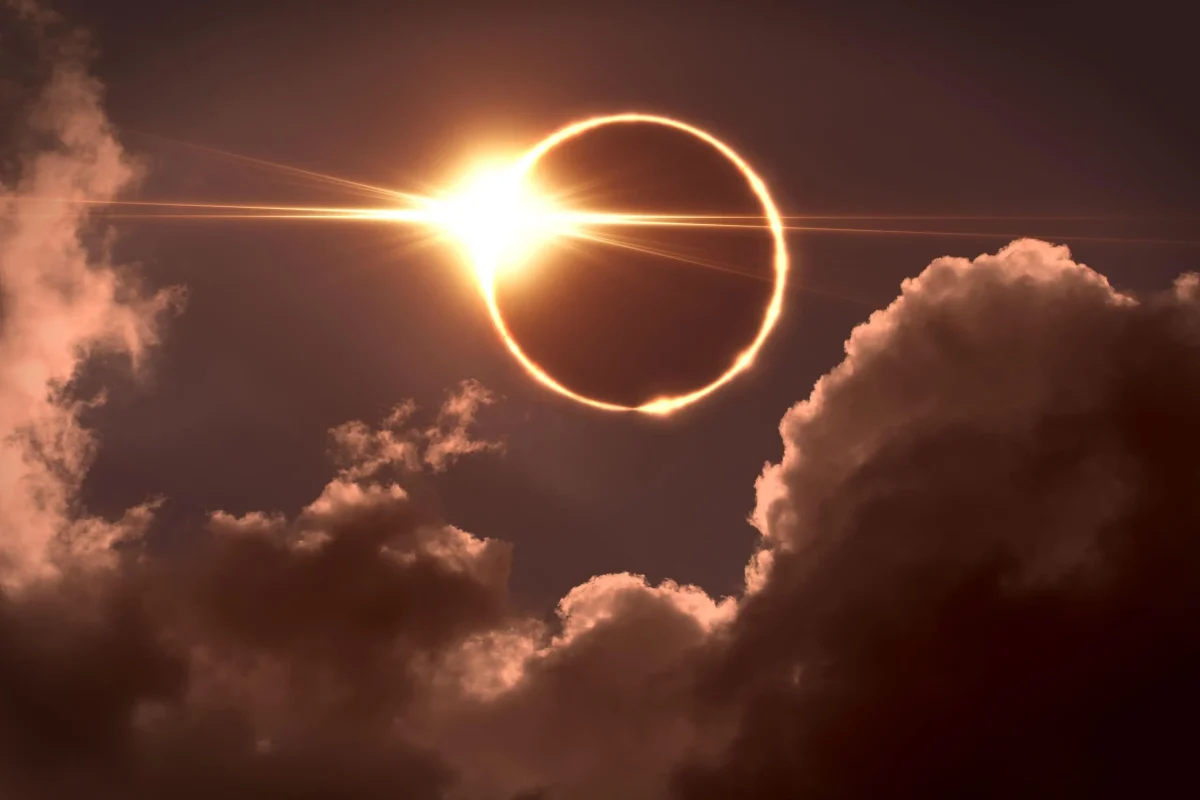On Monday, April 8, 2024, a solar eclipse will be visible across North America. Solar eclipse occurrences are very unpredictable. For example, the last solar eclipse was on Monday, August 21, 2017, which was 7 years ago. NASA predicts the next solar eclipse will be on August 23, 2044. But the first question is, what is a solar eclipse?
A solar eclipse occurs when, at the right moment, the Moon passes between the Sun and the Earth. This covers the view of the sun from a small part of Earth, entirely or partially. You may have heard that it’s dangerous to look at the solar eclipse or you may go blind if you look at it. The truth is, if you happen to look at the solar eclipse without any protection, it may not hurt, but it still doesn’t make it less dangerous and it still could cause damage to your eyes. According to CBS News, Dr. Jason P. Brinton, an ophthalmologist and medical director at Brinton Vision in St. Louis, is concerned about why looking into a solar eclipse is painless even though it’s dangerous to look at. Brinton states, “Everyone knows don’t look at the sun. If you go out on a bright day and try to look at the sun – it’s uncomfortable, very bright. So most people immediately associate that with something they should not be doing, But with the eclipse, so much of that is blocked and so that natural sense of discomfort and aversion to the brightness is not there.” Brinton says. But in some cases, the sun can also damage the cornea, which can cause pain. Brinton further explains, “The good news is that this fully heals without lasting issues, so this is why we don’t think about this aspect as much. The retinal issues, on the other hand, are painless and can have permanent, lasting effects on vision.”
Now with technology advancing more and more, you’re able to look at the solar eclipse with specialized glasses. You can look at the solar eclipse while protecting your eyes and enjoying the view of the solar eclipse.

